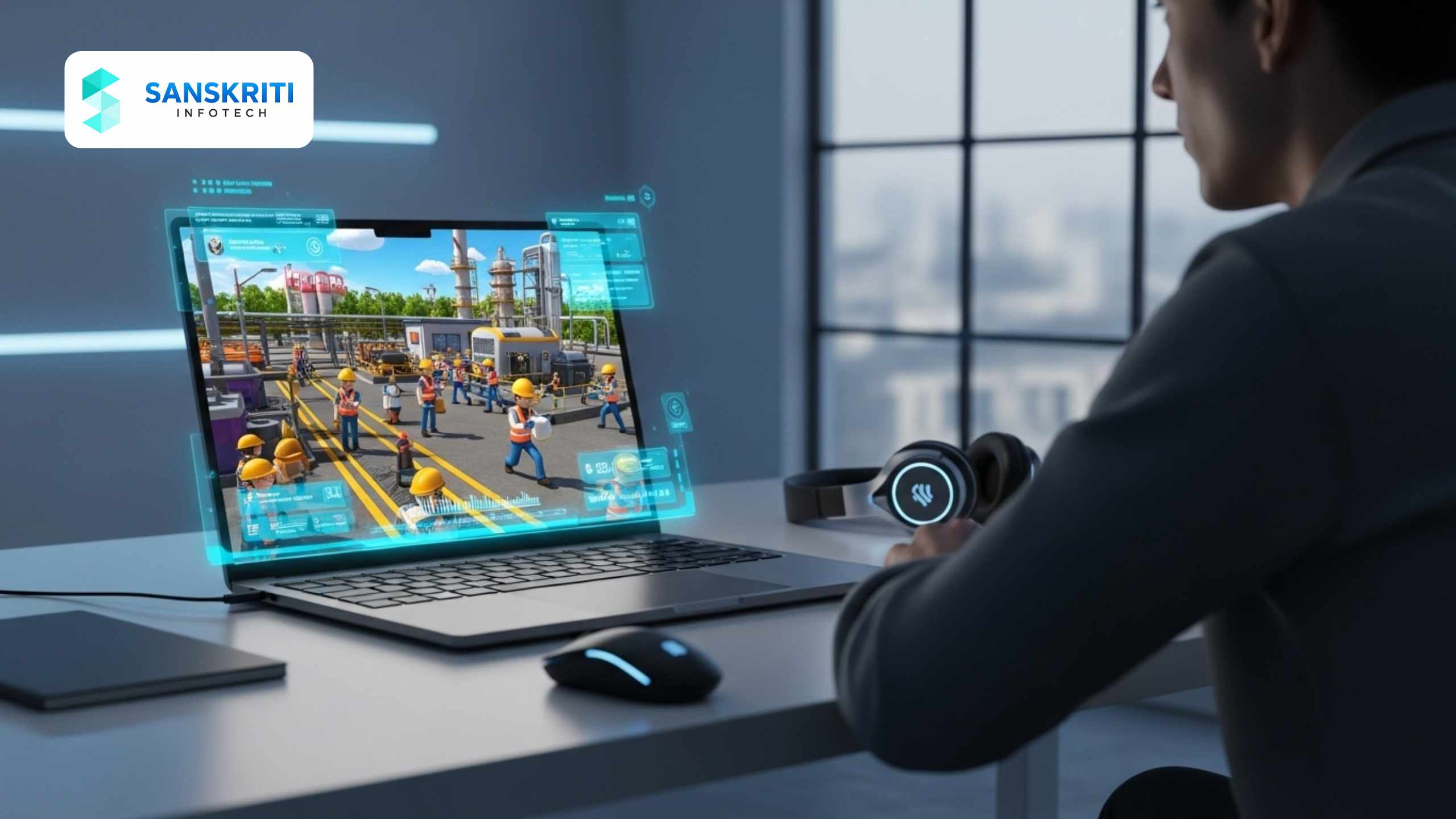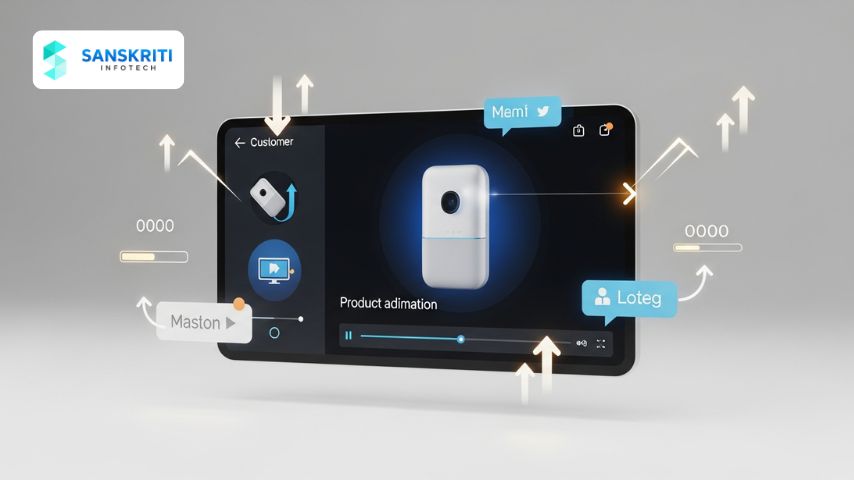Table of Contents
Introduction
In industries like manufacturing, oil and gas, construction, and logistics, remote safety induction is becoming a critical tool for onboarding employees, contractors, and visitors across geographically dispersed sites. Traditional in-person inductions face challenges like scheduling conflicts, travel costs, and inconsistent delivery.
That’s where 3D animated remote safety induction steps in.
By combining immersive 3D visuals with interactive learning elements, companies can deliver consistent, engaging, and effective safety training—no matter where the learner is located. This shift not only saves time but also ensures higher retention and compliance in today’s hybrid and global work environments.
The Importance of Remote Safety Induction
Remote safety induction is essential when:
- Teams work across multiple sites or countries
- Contractors and employees join mid-project
- Operations run 24/7 with rotating shifts
- Onsite training is impractical or high-risk
Without a solid induction process, organizations risk:
- Inconsistent safety messaging
- Gaps in hazard awareness
- Poor compliance during audits
A remote safety induction program ensures:
- Standardized safety protocols across locations
- Clear hazard communication
- Readiness for emergencies
- Compliance with legal and client requirements
Understanding contractor safety and remote onboarding challenges is crucial for developing effective programs.
Why 3D Animation Outperforms Traditional Remote Induction
Conventional remote inductions often use PDFs, PowerPoints, or long video calls. These can be:
- Boring and hard to follow
- Difficult for non-native speakers
- Inconsistent depending on the trainer
Here’s why 3D animation excels:
- Visual Simulation: Shows realistic site conditions, hazards, and procedures.
- Language-Neutral: Visuals transcend language barriers; voiceovers and subtitles can be added.
- Faster Learning: A concise 3D video can convey more in 5 minutes than a 30-minute lecture.
- Higher Engagement: Learners are more attentive and retain knowledge longer.
Research on the benefits of animated video for learning shows significant improvements in comprehension and retention rates.
Benefits of Using 3D Animation for Remote Safety Induction
✅ Consistent Messaging – One version of the content ensures all learners receive identical information.
✅ Realistic Environments – Exact site layouts, machinery, and emergency routes can be replicated.
✅ Modular Updates – Update specific sections when safety rules change.
✅ Anytime, Anywhere Access – Works on mobile, desktop, or tablets.
✅ Stronger Compliance Evidence – Provides a documented, auditable training record.
What to Include in a Remote Safety Induction Video
An effective remote induction should include:
- Welcome and Overview – Organization and project details
- Access & Verification Procedures – Sign-in, security checks
- Site Hazards – Equipment, chemicals, heights, restricted areas
- PPE Requirements – Correct usage and enforcement
- Emergency Procedures – Exits, alarms, muster points
- Incident Reporting – How to report hazards or accidents
- Behavioral Guidelines – Mobile phone use, housekeeping, prohibited actions
Each section should be:
- Short (2–4 minutes)
- Focused on one topic
- Supported by quizzes or acknowledgement forms
Following effective safety induction tips ensures comprehensive coverage of all critical elements.
Real-World Case Example
Company: A global oil & gas operator with offshore rigs and remote maintenance crews.
Problem: Onsite inductions were costly and delayed project timelines. Crews spoke multiple languages and had varying safety experience.
Solution: A 3D animated remote safety induction program with:
- English narration
- Subtitles in Spanish, Hindi, and Tagalog
- Exact offshore rig layouts and equipment
- Embedded knowledge checks after each section
Result:
- Induction time cut by 50%
- Zero recordable safety incidents in the first six months
- Improved audit scores for safety compliance
Steps to Create a Remote Safety Induction Video
- Assess Needs – Identify audience, hazards, and compliance requirements.
- Script Development – Collaborate with safety officers to create precise messaging.
- Storyboard – Visualize scenarios and sequence them logically.
- 3D Modeling – Create accurate site and equipment replicas.
- Voiceover & Subtitles – Add multilingual support.
- Interactive Features – Include quizzes, clickable elements, or branching scenarios.
- Deployment – Distribute via LMS, company intranet, or QR codes.
Understanding LMS integration for safety videos is essential for seamless deployment and tracking.
Integrating Remote Induction into Your Safety Culture
A 3D remote safety induction should be part of an ongoing safety engagement plan:
- Reinforce with toolbox talks and refresher videos
- Make available for replay anytime
- Link to compliance tracking tools for audits
- Use for both onboarding and refresher training
Ready to transform your safety induction process? Contact us to learn how we can help create engaging, effective remote safety training solutions.






